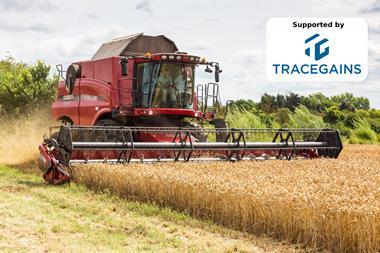Protein-rich ingredients are being used more widely to boost the protein levels in baked products.
Plant- and animal-based protein inclusions, such as nibs and crisps, can incorporate the protein required without disturbing the integrity of recipes. High-protein chocolates and coatings are also used as inclusions, or for enrobing.
However, the use of high-protein plant- or animal-derived flours, or isolate powders, as ingredients can prove more challenging. Excessive browning can occur through enhanced protein, reducing sugar interaction from the Maillard reaction. Manipulation of both dough/batter pH and the level of reducing sugars in the recipe can help to minimise this. Also, some proteins, such as pea, can absorb and bind up to 11 times their weight in water, causing problems when mixing and baking. Extended bake times – and, for biscuits, secondary drying processes – may be needed to reduce the water down to acceptable levels for long shelf life.
Laura Sherwood, bakery technologist, Campden BRI
Campden BRI provides technical support to the food, drinks and allied industries worldwide. Its activities are built on a programme of industrial relevant research and innovation steered by industry. See campdenbri.co.uk or telephone 01386 842000














































No comments yet